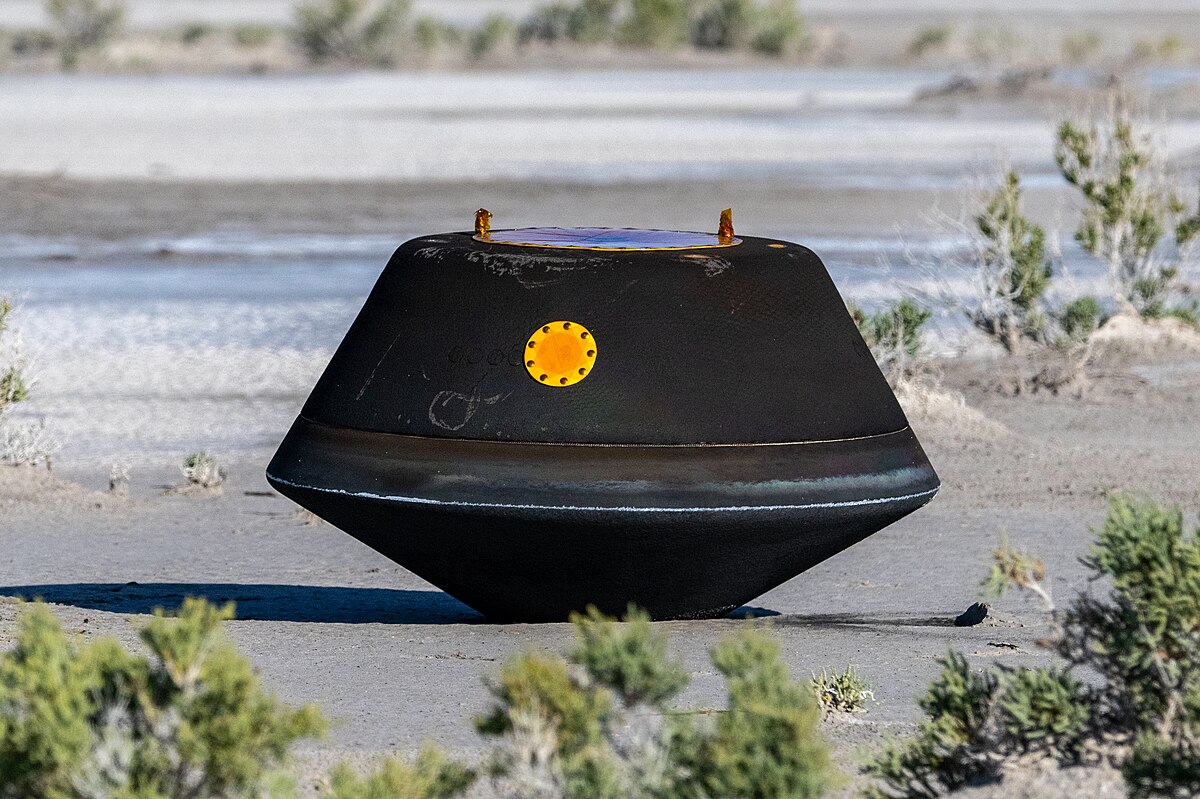The Osiris-Rex spacecraft released the sample capsule from 100,000 kilometres out while on a flyby of Earth.
Four hours later, the capsule landed on a remote area of military land, as the mothership left in search of another asteroid.
The landing occurred three minutes before anticipation, with Flight Control announcing, “we have touchdown!”
The earlier than expected touchdown occurred due to the parachute opening four times higher – around 6,000 metres – than anticipated, according to officials.
The recovery team confirmed that the capsule had not been breached and was fully intact.
NASA scientist Amy Simon told AFP: “This sample return is really historic.”
“This is going to be the biggest sample we’ve brought back since the Apollo moon rocks” were returned to Earth, said Simon.
It is estimated by scientists that the capsule holds a cup or more of rubble from the asteroid Bennu, but it won’t be known for sure until the capsule is opened.
Bill Nelson, NASA Administrator, said these samples would provide “an extraordinary glimpse into the beginnings of our solar system.”
Astronomer Daniel Brown of Nottingham Trent University, England, said that with these samples “we are edging closer to understanding its early chemical composition, the formation of water, and the molecules life is based on.”
The asteroid Bennu is about half a kilometre across and shaped like a spinning top. It is currently orbiting the sun 81 million kilometres from Earth and is believed to be a small, broken piece of a much larger asteroid.
The asteroid passes relatively close to Earth every six years, so it is classified as a ‘near Earth object.’
Bennu is expected to pass very close to Earth in the year 2182 and may even hit it.
According to Dante Lauretta, the mission’s lead scientist, data collected from Osiris-Rex is meant to help with asteroid-deflection efforts.
The rubble inside the capsule which landed Sunday represents the biggest haul from beyond the moon.






